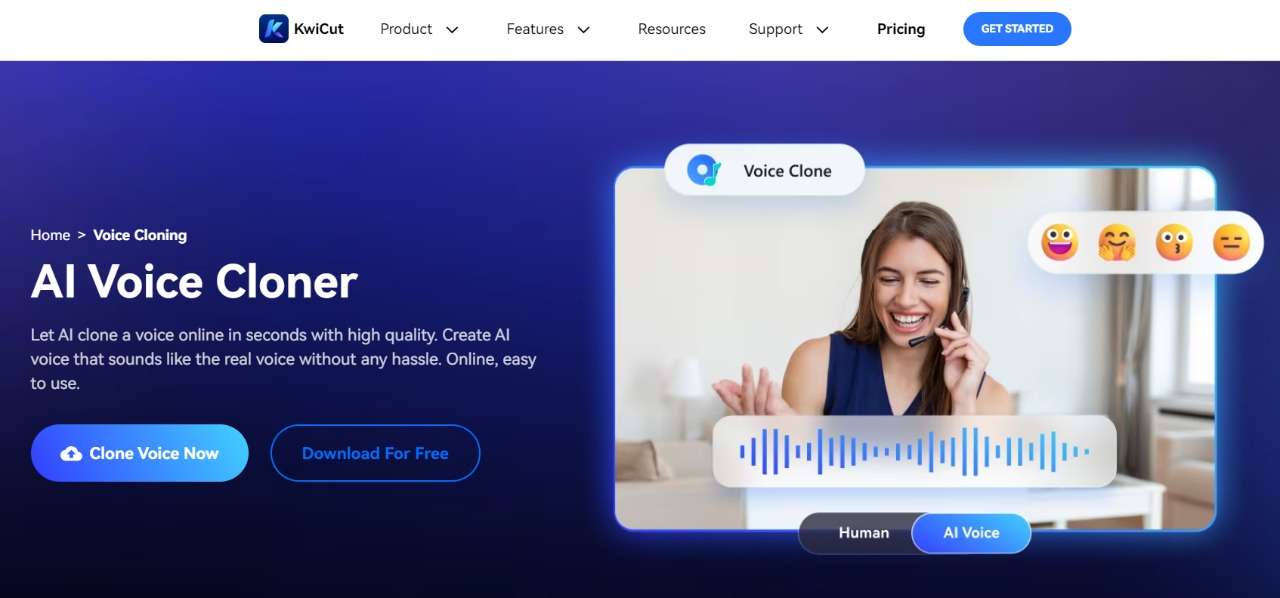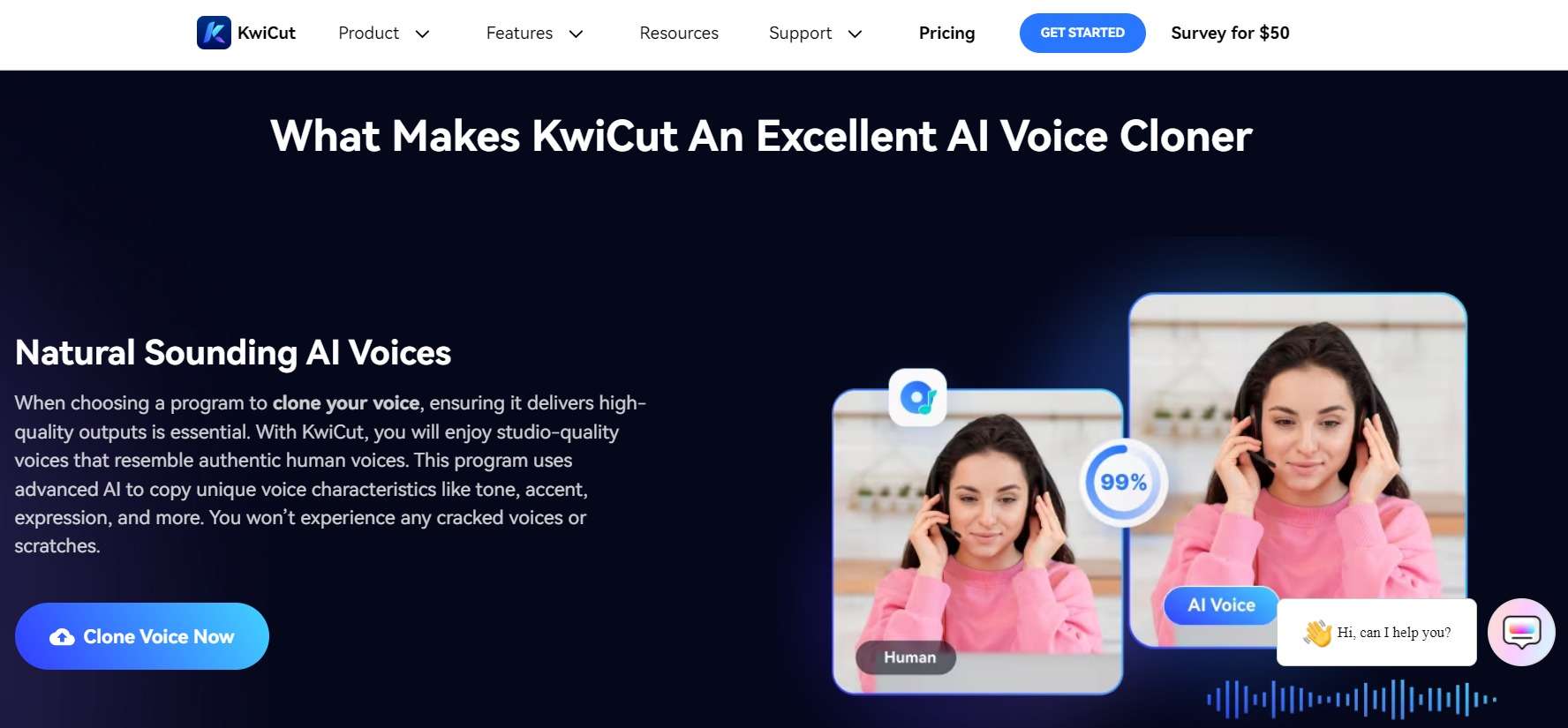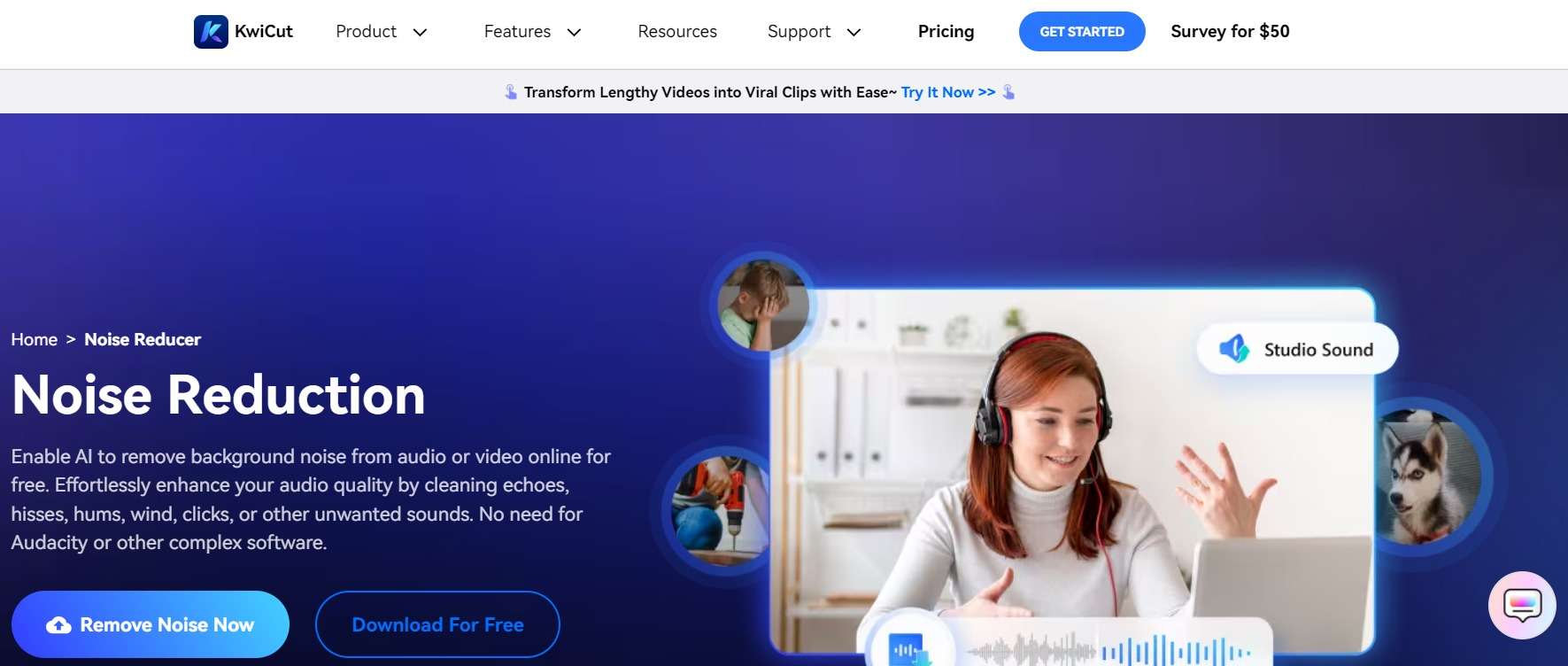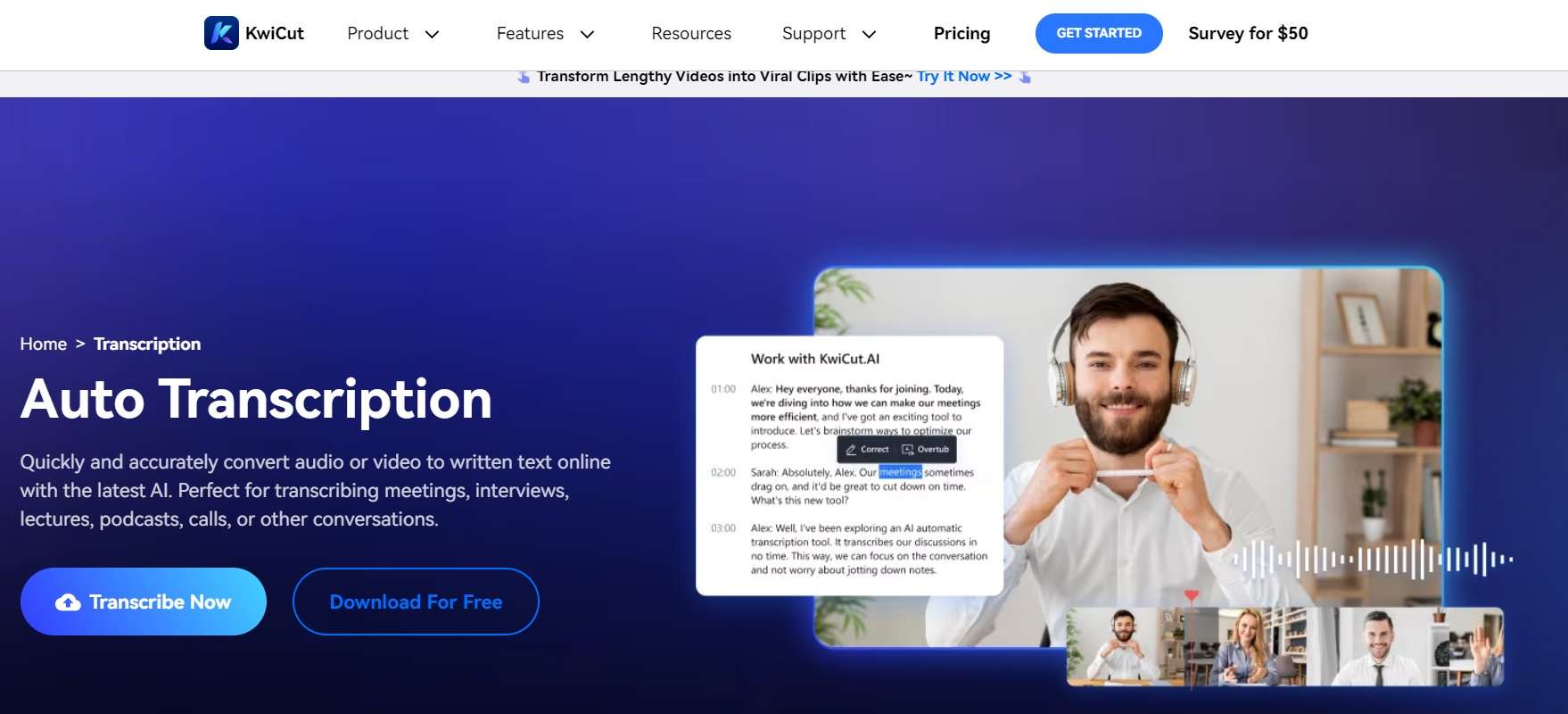With the rise of tools like ChatGPT, which is mostly text-based, we’re also seeing a revolution when it comes to videography and audio. You might have seen many AI deep fakes with realistic sounds that are almost indistinguishable at this point. That technology is called AI voice cloning.
AI voice replicators have become quite common in businesses and even to individuals looking to start their YouTube channels or even show a presentation in their classroom. The applications of this technology are almost endless.
But with all the possibilities, let’s understand how AI voice cloning works, its applications, and the tools that you can use to start your voice cloning journey today.
In this article
Part 1. Understanding Voice Cloning
First, we need to understand voice cloning and how it works. Voice cloning incorporates the digital or artificial version of an individual’s voice. AI is typically done to voice clone, and it involves training models on huge datasets of recorded speech. The training model learns certain speech patterns, the pitch of an individual’s voice, the nitty gritty of their dialect, and everything needed to become the perfect replacement for their voice.
Once you go through the process of training a model, your voice cloner can put out a realistic version of your own voice without you having to say anything ever. This technology has started helping various industries and individuals to level up in their fields and help people on a bigger scale.
When we talk about traditional text-to-speech systems, they use computer-generated synthetic voices that are similar to human voices. But with voice cloning AI, you will hear a brutally similar voice of a person and how they would speak in real life. Various tools and services are already out there, making a positive change in people’s lives in different industries.
Here’s how voice cloning works.
The Voice Cloning Process
Dataset Collection
The first step is collecting a set of voice recordings, which would be later used to generate a similar version of a person’s voice. AI voice clone is done by first getting a variety of input from a person you want to clone the voice of.
You have to speak quickly, speak slowly, and speak in your natural voice without any kind of background noise. This is a delicate process and can make or break your AI voice cloner.
Data Processing
The second step is where your voice data is processed. Once you have many real-life recordings, the voice cloning app will start processing all of your data. Moreover, the data gets broken down into various soundwaves so the AI can process and understand it.
Speech Model Training
Once the data is processed, it is ready to train the speech model. The speech model is AI that generates a voice like yours. It is a machine-learning algorithm that understands and generates voices like humans. Both data processing and speech models take a fair bit of time to process data, but the longer, the better.
Text-to-Speech Conversion
Now that the data is processed and the speech model is trained well. All you need to do is to add the text, and the AI will use your processed data to generate an audio like your real voice. You must train the AI in varying scenarios so it fully gets the dialect, intonations, and emotions.
Voice Cloning Service Touchups
The last step is for the voice cloning service to remove any errors and artifacts that might make the audio look weird. A good voice cloning software removes anything extra, unnatural, and unclear to make voice cloning better, more efficient, and more accurate.
Part 2. Advantages of Voice Cloning
1. Versatility and Time-Saving
Voice clone AI also helps save time in post-production. You see, when a professional voice-over artist records their voice, a lot of post-processing must be done to make it even more professional. With AI, there’s almost no room for error, which can save a lot of post-processing time.
2. Seamless Dubbing and Localization
Voice cloning software can be used to achieve seamless dubbing and localization of video and audio content, making it an essential tool for international productions and businesses that want to engage diverse audiences.
It is one of the best ways to promote international productions and engage with diverse audiences using the power of AI. The thing about dubbing is that AI clone voice tools can reach various audiences and age groups because there’s no limit.
3. Accessibility Enhancement
Another big benefit of using voice cloning technology is accessibility enhancement. This is something that is already in action, and a lot of people from all over the world are leveraging AI to clone their own voices.
AI is actively helping thousands of people to create their own synthetic voices and then use them to communicate more effectively and express their thoughts with confidence.
Part 3. Introducing KwiCut: Your All-in-One Editing Tool

Now that you understand what an AI clone is, you might wonder which tool you should start your cloning journey with. KwiCut is an all-in-one audio editing tool that offers features like transcription, voice cloning, noise remover, and AI copilot. The software runs on AI and provides smart features so you can increase the speed of your workflow and potentially benefit from a vast array of the benefits it provides.
One of the key highlight features of KwiCut is voice cloning. Within a few seconds, you can let AI clone your voice, and it is online yet easy to use. KwiCut offers AI voice cloning features for podcasts, social marketing, meetings, or gaming.
It swiftly generates a professional voice AI clone with your own voice and unique tones. From accents, styles, tone, pitch, and emotions, you’re getting an all-in-one package here. So, let’s talk about some of the features it offers.
1. Voice Cloning at Your Fingertips

KwiCut is ideal for voice cloning. All you need to do is upload a sample of your voice and let the AI do its magic. While it works by simply uploading a sample, the more comprehensive the sample, the better results you will see.
However, KwiCut is a smart AI tool that understands all aspects of what makes a speech accurate. By studying the sample, it will let you generate results to your liking.
2. Noise Reduction Made Easy

While most voice cloning software just generates audio, KwiCut also has a noise reduction feature. Whether you’re uploading a sample or already have audio, you can leverage the tool to effectively remove background noise from any video or audio. Reduce echoes, hisses, hums, wind, clicks, and more unwanted sounds to get a video of your standards.
3. Advanced Auto Transcription

KwiCut is an amazing tool for auto transcription of videos. Whether you want to understand calls, podcasts, and lectures or just want to upload YouTube shorts but don’t have the time to do manual editing, the tool will generate transcriptions for you.
Part 4. Exploring Potential Use Cases
1. Podcaster
Being a podcaster is one of the most tedious jobs because you have a lot of things to focus on. From getting guests and researching topics to editing, a lot goes into producing a podcast. With ultra-realistic voice cloning, you can potentially increase your productivity at least twice because you won’t have to deal with all the editing and retakes.
2.Educational Vlogger
AI can clone your voice, and it is most prominent in the educational vlogging fields. If you want to teach other people a skill or help in their education, then all you need is to type out and clone your voice to get them to understand complex stuff in the most efficient way possible.
3. Corporate Trainer
A corporate trainer trains the entire workforce, but since we’re moving on toward a more digital side, a lot of new responsibilities have popped up. Corporate trainers can simply clone their voices and make as many videos as possible to teach the employees of their companies various tools, concepts, and skills.
Conclusion
AI can clone my voice, and it can clone your voice. We live in a world where AI voice cloning models have become extremely good, and tools like KwiCut are the living proof of it. Whether you’re in the educational field or an avid gamer, anyone can leverage the voice cloning technology.








